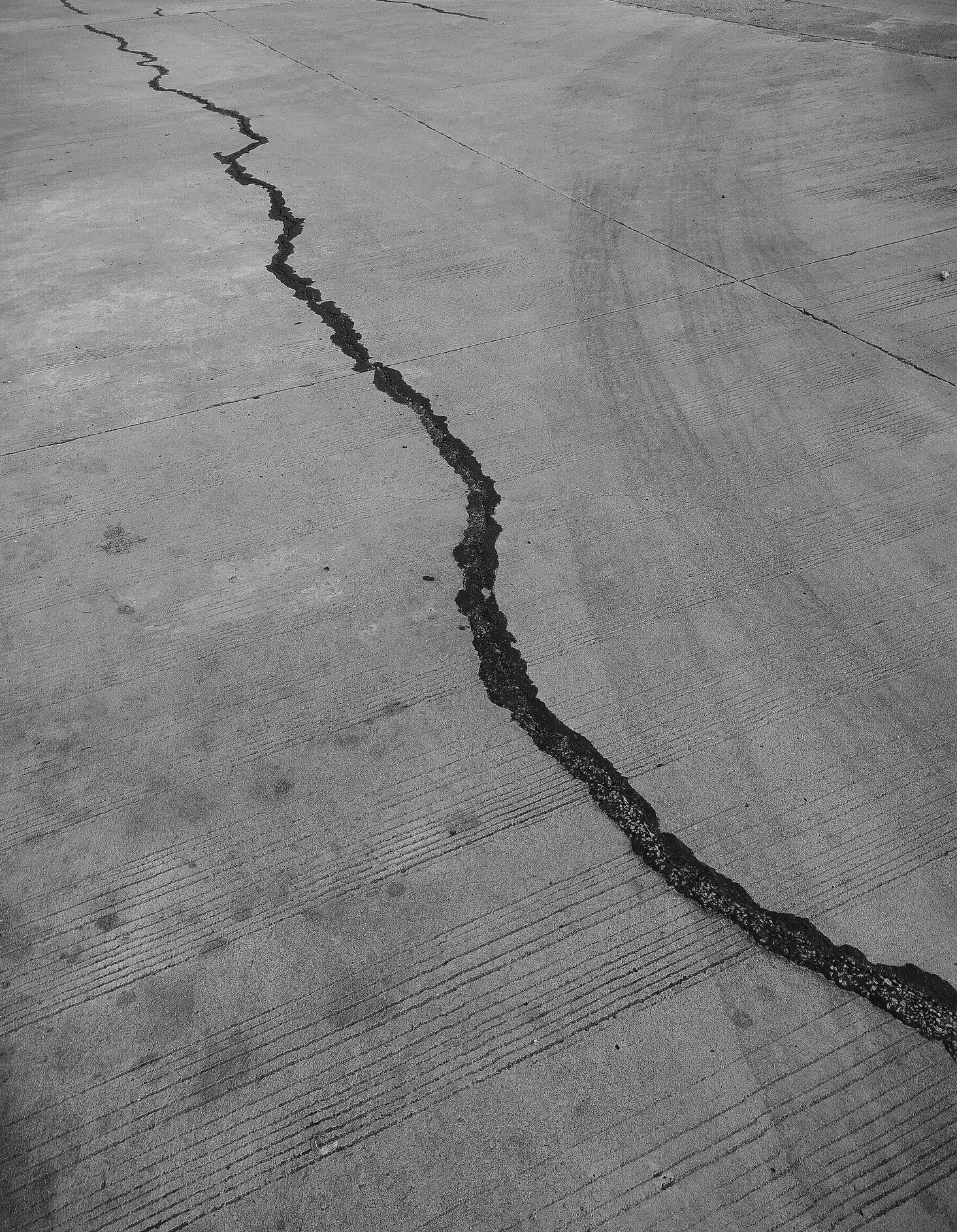Wood timbers used for the construction of walls, joists, flooring, and furnishings are a popular choice. Natural wood is a renewable resource, offers good strength and durability, and has an attractive look and feel. There are some downsides to using natural wood timbers, but timbers, engineered wood, an affordable alternative, offers even more advantages when it is used in construction. Here’s what you need to know about engineered timber construction.
What Is Engineered Timber?
Engineered timber is an entire classification of products and materials used for building and construction. Featuring a unique fabrication method that involves the combination of pieces of real wood with other materials, engineered timber products can look, feel, and act like solid wood but offer higher strength and durability.
Sometimes referred to as engineered wood, these products incorporate the use of scrap wood and other wood by-products, like sawdust or shredded wood fibers, combined together in a laminated building material that can look and feel exactly like a piece of natural wood. The result is a product that has advantages over natural wood in strength and durability.
Types of Engineered Timber Products
Engineered timber products come in many different shapes and sizes and can be used in a wide variety of roles in construction, ranging from structural components to finishing. Here are just a few of the most common types of engineered wood products that are routinely used.
Plywood
Arguably one of the most familiar engineered timber products, plywood comes in panels that have been constructed from multiple layers of wood veneer that have been attached to one another through a combination of adhesive, pressure, and heat. Each veneer is laminated in a method that alternates its grain with the others for added durability. Plywood panels are ideal for use in framing walls, roofs, and floors, and are excellent choices for providing stability, stiffness, and strength for shelves and stairs.
Particleboard
A product that combines synthetic resins with sawdust, wood chips, and other sawmill waste to create panels, particleboard shares many similarities with plywood, though it’s not quite as strong. Also called “chipboard” because of the visible wood chips on its surface, particleboard is a low-cost alternative that is often used for sheathing and for building cabinets or other similar types of furnishings.
OSB
OSB stands for “oriented strand board” and is constructed in a similar fashion to particleboard. However, OSB is made not from chips but long wood strands. This results in better strength and durability than particle board, with the tradeoff being that OSB is slightly more expensive a product to manufacture.
Glued-Laminated Timber
This type of engineered wood most closely resembles standard construction lumber made from natural wood. However, glued-laminated timber, called “glulam” for short, is made from individual timbers that have been laminated together in order to create a larger post or beam. Glulam posts and beams are structurally stronger than those made from just a single piece of lumber and can be more easily shaped into posts and beams that have curves. They can be as small as door or window headers or as larger as roof supports in stadiums and civic centers.
Finger-Jointed Wood
You can find finger-jointed wood, which is made from shorter pieces of wood that have been glued together to create longer ones, at most big-box home improvement stores like Lowe’s and Home Depot. They’re called “finger-jointed” because the joint resembles fingers that have been interlocked together. Offering a great look when painted and generally less expensive than regular wood, finger-jointed wood is often used for paneling and interior trim.
Engineered Wood Flooring
Engineered wood flooring starts out as layers of wood fibers that have been pressed and glued together or sometimes plywood. Then, a veneer of real wood is placed on top to provide an attractive finished look. This flooring product boasts excellent stability and resists separating and warping. It’s also easy enough to install that non-professionals can handle installation as well.
The Benefits and Drawbacks of Engineered Timber Construction
Engineered wood offers some fantastic advantages over natural wood. These include exceptional strength and dimensional stability, which provides high levels of resistance against splitting and warping that you don’t get with natural wood. Additionally, engineered timber can be made to meet specific design specifications and exact sizes, making it versatile as a manufacturing product. Finally, the components that go into engineered wood, such as scrap lumber, sawdust, and wood chips, help reduce waste that the milling of natural wood timbers creates.
Yet engineered timber isn’t perfect. The ability to create custom shapes and sizes come at an increased cost, and some of the more advanced and complex types of engineered wood products can actually be more expensive than natural wood alternatives instead of less so. Engineered timber posts and beams used in construction are often not as aesthetically pleasing, which means that they are a poor choice when these architectural elements will be exposed. Finally, using engineered wood outside needs to be treated with waterproof glue to weatherproof them.
The Final Word on Engineered Timber Construction
Using engineered wood in construction projects is one of the best ways to add durability and strength to structural elements of any building. The relative cost of many engineered timber products represent savings when compared to solid wood because their construction often makes use of castoffs and other byproducts that would otherwise go to waste.
Engineered timber products do have some downsides, as more products that require more complex manufacturing methods can be expensive. They also often do lack some of the beauty of solid wood. Yet with many products like engineered wood flooring making use of natural wood veneers, manufactured timber products can often be just as attractive as their solid wood counterparts at a competitive price point. There’s no doubt that engineered timber construction is here to stay!







